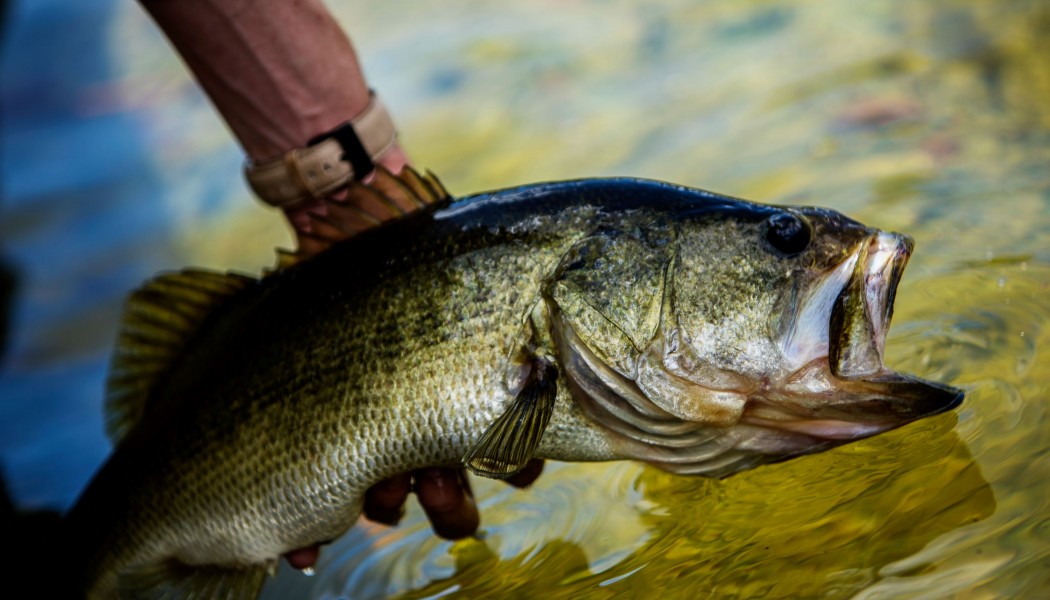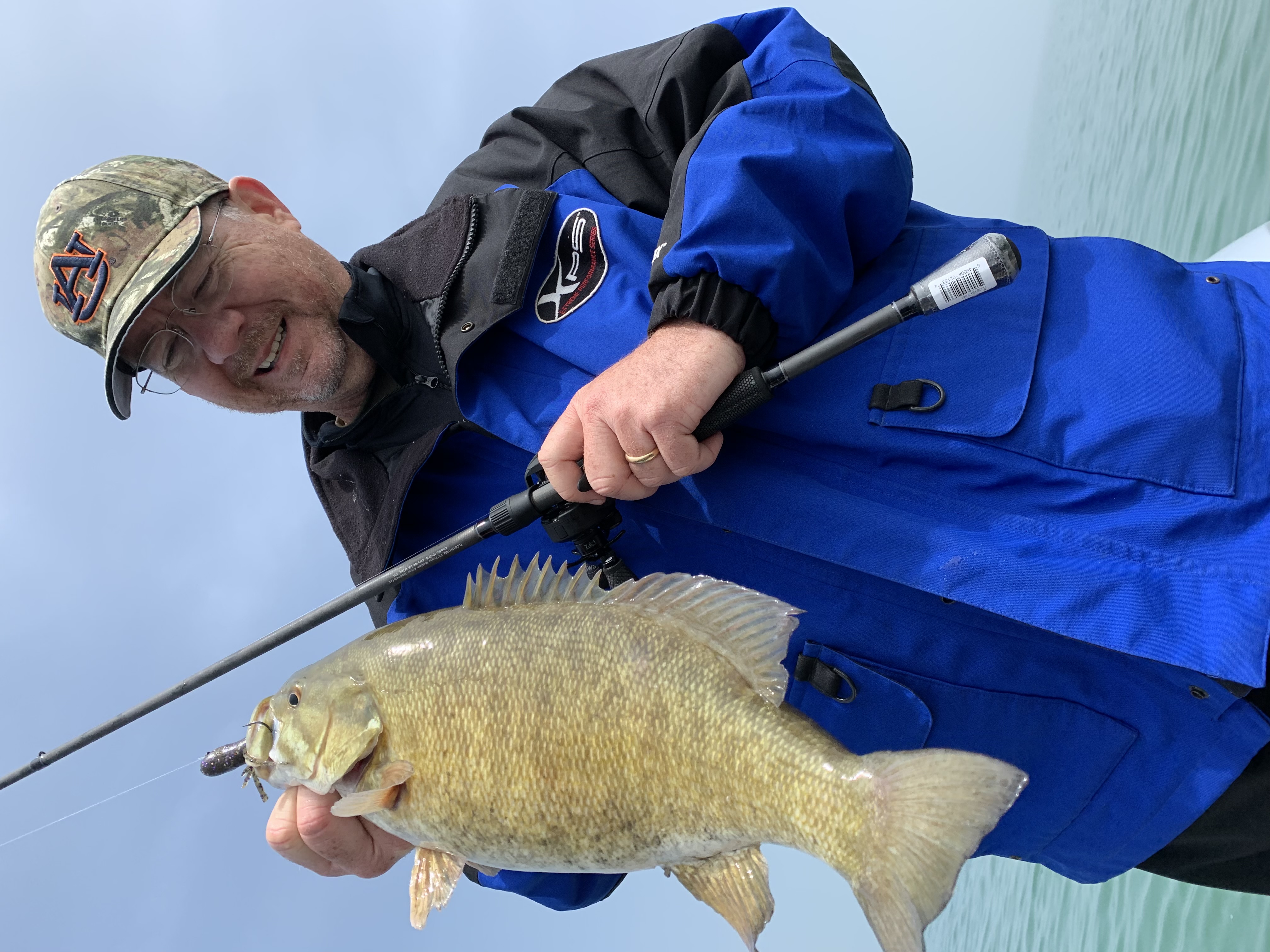
Whether you’re interested in having fun or putting more fish in your livewell, try these proven tactics for bass, panfish and trout.
When Mother Nature finally releases her icy grip and spring rolls around, many anglers think about putting more fish in the boat to erase thoughts of winter cabin fever. Up north, ice-out typically is April or possibly May, but the last couple of years have been unusual. Lakes have been open and fish are biting, though seasons may not be open yet for some game fish. Fear not, as Opening Day is on the way.
Down south, bass anglers are amid all stages of the spawning phases depending on which part of the country you’re talking about. It could be post-spawn in Florida, pre-spawn in Alabama and Tennessee, and a full-bore jackfest in Texas. Even in Alabama or Mississippi, for example, the spawn could be going on for largemouth bass in the southern part of the state yet not going on yet in the northern part.
Wherever you are, if you’re an angler, a couple of things are paramount. One is having fun. No one wants to have a crappy day fishing. The point is to set the hook, see a bend in the rod and catch fish. That makes for a fun day.
Two is, for many people, putting fish in the livewell or cooler to take home for dinner. Whether it’s a mess of perch or walleye, perhaps a few bass or crappie, or maybe some cold-water catfish, a meal of fillets, hushpuppies and all the trimmin’s makes for a good time.
Here are some proven tips to put more fish in the boat and, if you’re of a mind, the cooler for a fine meal later on with family or friends.

Panfish O' Plenty
Panfish typically means crappie, perch and bluegills, all due to their smaller stature that fits nicely in a pan. I’m including walleye in this mix, as well, because there are few things finer to me than a platter of hot walleye fillets. Unless, of course, it’s a platter of perch, bluegill or crappie fillets.
Panfish are suckers for live bait. If you’re going after bluegills, crickets may be the number one option. They work like a champ and catch bluegills one after the other. The downside is having to put a new cricket on the hook after almost every catch. Remedy this by using a Z-Man Micro Goat, Baby BallerZ or LarvaZ. The lifelike baits are made from Elaztec, a durable, stretchy material. Last year I caught more than 40 bluegills on one LarvaZ before one of them chewed off the tail.
These Z-Man baits may work well for perch and crappie, too, but once again don’t overlook live bait options where possible. Crappie and perch love frisky minnows. Rig these on lightweight hooks or jigheads and get ready for constant action. With walleye, use the best, freshest worm or minnow rigs.
Catfish Connection
Catfish are America’s Fish, found throughout the country in waterways large and small. You can catch flatheads, blues, channels and bullheads on a variety of baits in big lakes, small rivers or creeks, and farm ponds.
Catfish are tough, ornery, and live in tough environments.
If you’re going after big bruiser fish, like blues and flatheads, your tackle should be tough enough to withstand a battle. Heavy-action rods, reels with tough drag systems, and line, swivels and hooks all need to be up to the task. If you’re chasing smaller channels, bullheads or others, downsize the gear but still have quality equipment to handle feisty fish.
Catfish aren’t slobs when it comes to food. They’re discerning, usually enjoying live bait or fresh baits. Live baits – again, where legal – work well for flatheads, with a 2- or 3-inch bluegill possibly being the top option. For blue cats and channel cats, fresh cut shad is a winner. Shad, whether it’s threadfin, gizzard or skipjacks, are oily, bloody and get a catfish’s attention. Their sensory glands hit overdrive with fresh shad. Some anglers like fillets, while others prefer a juicy smashed head or the gut sack.
If you’re fishing in a farm pond, pick up some nightcrawlers or chicken livers. The former always is a good bet, while the latter is a time-tested favorite.
Trout Time
Trout start going nuts in spring because the water is warming, insects are starting to hatch and their food bonanza is turning on. The bite may be finicky one day and on fire the next. Such is the way with fly fishing for trout in flowing streams, creeks and rivers.
I don’t have decades of experience with trout but a few basics have helped me catch a few rainbows and browns in Arkansas, Tennessee, Missouri and Kentucky. A good knowledge of fishing is helpful when pursuing trout, which enjoy clear water with cover such as grass, logs, bushes, undercut banks and rocks.
My typical go-to, for starters, is the Woolly Bugger in black or olive. It can work anywhere and, I think, is a good starting point. Adjust your fly as necessary with nymphs or dry flies, colors and even sizes. A beetle pattern may be solid but if your selection is too big, trout may ignore it. Ditto with other baits. If the water you’re fishing has deep holes or runs, use a heavier fly to get deeper, quicker (and plan for snags).
The more I fish for trout, the more I learn. It can be frustrating yet rewarding.
Bass Bonanza
There are so many variables with bass in the south and north that it’s almost impossible to offer a lot of advice. My best advice is that no matter where you are – on a rocky lake in Minnesota or big reservoir in the Southeast – be aware of what’s going on and adjust as necessary.
Where I live in the Southeast, we’re amid all stages of the early spawning cycles. Bass will spawn a couple of times, usually, depending on the waterway. Pre-spawn setups are out in deeper water until fish move shallow, and then things change. Post-spawn finds them shallow and deeper; they feed and then move to more comfortable haunts for summer to pursue forage such as shad, bluegills and perch.
I’ll usually have a jig and craw, Texas-rigged tube, spinnerbait or small crankbait tied on my line in spring. That way I can cover different techniques and water depths. One of my favorite things to do is fish for different species, especially later in summer when smallmouth are biting, on the Niagara River in western New York. Spring is when everything starts turning on, so while I enjoy catching bass I’m not against reeling in other species.
You can find some more tips here about catching fish, but here are a few I’ve learned to rely on over the years:
— Keep up with the water temperature. Once it gets into the mid-50s, fish will begin to be more active. Low 60s typically is prime for largemouth bass to begin spawning. Panfish will do so at mid- to upper-60s.
— If you’re using live bait, use the freshest and most lively that you can get. If you’re fishing with artificial lures, make sure the hooks are sharp, your line ties are free of nicks and your terminal tackle is in tiptop shape.
— If you’re fishing shallow in the back of a creek “because they should be here,” but they’re not biting, move out. Don’t be stubborn. Shift tactics and start looking. Trying to force something usually doesn’t work.
— Be aware of the forage and if it’s not there, find it. Bass typically want good habitat, good water and food. The latter is critical. Find the shad, perch or whatever the bass are feeding on and refine from there.

Spring fishing can be fantastic. Get out and enjoy it.
Article and photos by Alan Clemons



